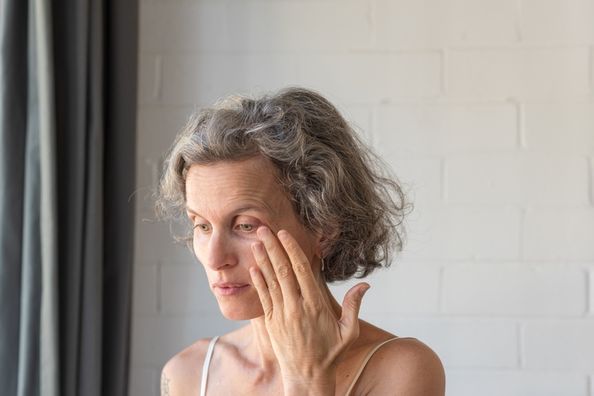As you age, it is not uncommon for one or both eyelids to begin to sag or droop. This condition is known as ptosis, and can be caused by a variety of factors including your age, an injury, or another medical condition. In addition to the visible sagging, you may also experience soreness or aching around your eyes, and your face may appear tired.
In some cases, ptosis can resolve on its own, while in others, it may require medical intervention. Prolonged periods of drooping or severe drooping, especially in the upper eyelids, may impair your vision. If you are experiencing vision problems as a result of ptosis, you may find yourself tilting your head in order to see and while speaking.
Droopy eyelids are most commonly found in older adults. This is because as we age, the muscle responsible for lifting your eyelid can become stretched or weaken. A trauma or acute injury to the eye area can also cause eyelids to sag or droop. In some cases, drooping eyelids can be a symptom of an underlying, sometimes serious neurological condition, including a stroke, brain tumor, or other nerve condition. Children may be born with a droopy eyelid due to developmental complications, although this is rare.
You should notify your primary care physician if you notice your eyelids are drooping to rule out any underlying medical issues, especially if the drooping is accompanied by migraine headaches or other symptoms. Your doctor will take into consideration the duration and severity of your symptoms, perform a physical exam, and review your medical history to determine if additional testing or referral to an eye specialist is needed.
The treatment for ptosis varies depending on the cause and severity. In general, the condition is not considered harmful to your overall health. If your symptoms are not severe and do not impair your vision, treatment may not be needed. Some individuals with ptosis may elect for cosmetic surgery to correct the appearance of drooping eyelids. If the drooping is severe enough to impact your ability to see, medical treatment, including surgery, is typically recommended.
There is no way to prevent eyelids from drooping, however regular eye exams and monitoring for symptoms can help you identify and address the condition quicker. If you are experiencing issues with eyelid droop, make an appointment with an ophthalmologist by calling 630−322−8300 or online at www.dulyhealthandcare.com/services/ophthalmology/.
Health Topics:







